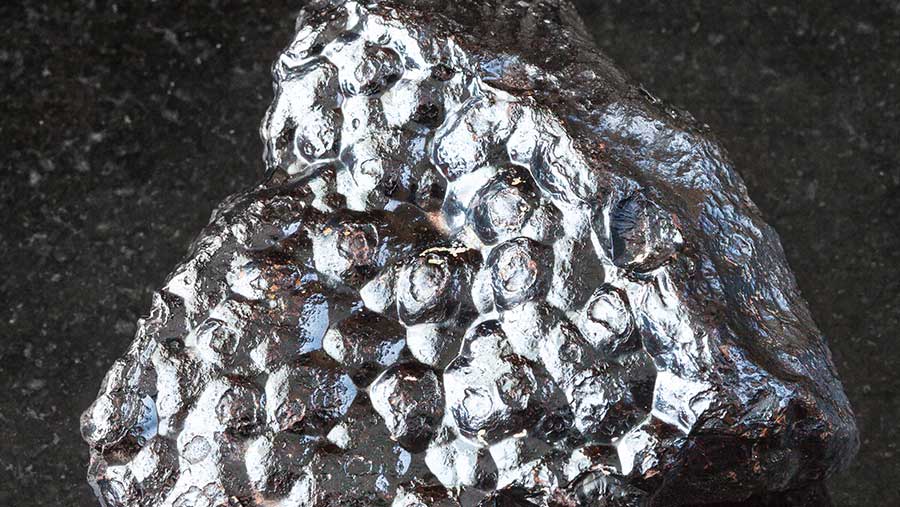London — Ruthenium, a rare silver-gray mineral long overlooked by most investors, has suddenly become one of the best-performing commodities of 2025 — thanks to the relentless rise of artificial intelligence.
Prices for the platinum-group metal have nearly doubled over the past year to reach US$800 per ounce, matching their 2021 rally and edging close to the all-time high of US$870 set 18 years ago, according to metals refiner Johnson Matthey Plc.
Highly valued for its exceptional hardness and versatility, ruthenium has applications across electronics, energy storage, and chemical manufacturing. But it is AI’s expanding footprint in hard disk drive (HDD) technology that has sparked its latest price surge, says SFA (Oxford) Ltd., a critical minerals consultancy.
“As AI advances, so does the need for cost-efficient, high-capacity data storage,” explained analyst Sandeep Kaler. “Other technologies remain prohibitively expensive, meaning demand for ruthenium will continue to grow unless a cheaper alternative emerges.”
Annual supply remains extremely limited, with just 30 metric tons produced last year — mostly as a byproduct of platinum mining — and output is projected to decline further due to years of underinvestment during weaker price periods. Kaler warns that the market could face a supply deficit next year, with demand outstripping available production.
While ruthenium use in HDDs is minuscule by weight, its role is critical: ultra-thin films of less than one nanometer enable higher data density. With cloud computing expected to push HDD sales up 16% in 2025, Bloomberg Intelligence estimates that ruthenium consumption will rise in tandem.
As AI reshapes industries and digital storage requirements soar, ruthenium’s newfound strategic importance could keep it in the commodities spotlight — and in short supply — for years to come.






